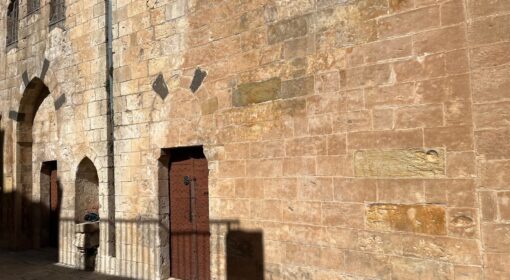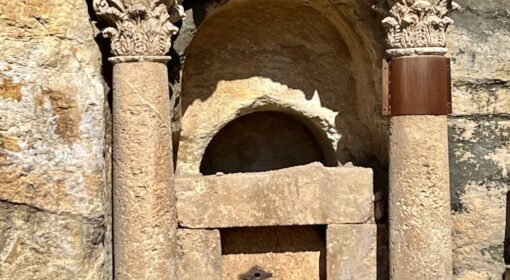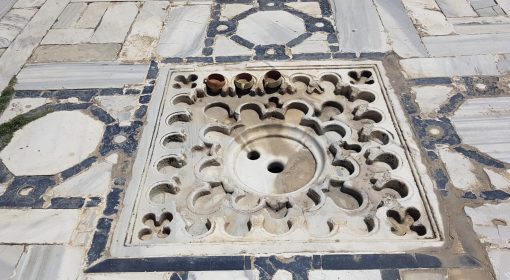by Frank van Steenbergen
In the Ulu Mosque in Sanliurfa – the city of prophets in Southeastern Anatolia – there is the Jesus Well. Here people come that suffer from skin diseases or mental anxieties They stay close to the well and drink its water for at least fifteen to twenty days to be cured. There are three ancient wells in the Ulu Mosque, with the one inside the mosque venerated as the Jesus Well.
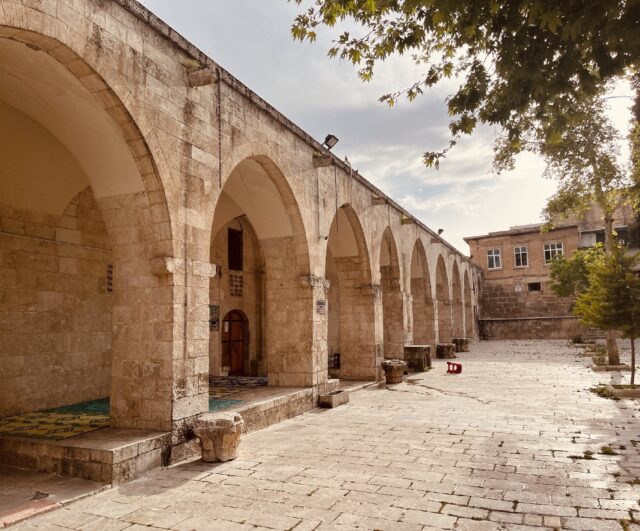
The healing Jesus Well has a history that is nearly two millenia-old. with its power ascribed to Jesus directly. The story is that of Abgar V, the ruler (toparch) of Edessa, the name of Sanliurfa at that time. Abgar ruled over Osroene, a buffer state between the Roman and Persian empire. He was crippled with leprosy and heard of the savior Jesus and the miracle curing he was doing in Jerusalem. Abgar sent an envoy to Jesus. The touching correspondence between King Abgar and Jesus was recorded by Eusebius, the church historian of the Fifth Century AD:
‘Abgar Ukkama, the toparch, to Jesus the good saviour, who has appeared in the District of Jerusalem, greetings. I have hear concerning you and your cures, how they are accomplished by you without drugs or herbs. For as the story goes, you make the blind recover their sight, the lame walk, and you cleanse lepers and cast out unclean spirits and demons, and you cure those that were tortured by long disease and you raise dead men. And when I hear these things, I thought one of two things: either you are God and you came down form Heaven to do these things, or you are the Son of God for doing these things. For this reason I write to beg you to hasten to me and to heal the suffering I have. Moreover I heard the Jews are mocking you and wish to ill-treat you. Now I have a city very small and venerable which is enough for both of us.’
According to legend, Jesus responded by sending a messenger. As Jesus’ mission was in the Holy Land, he could not come. The messenger however brought a special gift, a handkerchief in which Jesus had dried his face. According to accounts the messenger was Addai, one of the seventy disciples, or Thaddeus, ordained by Apostle Thomas, the apostles who was to spread Christian belief in the East.
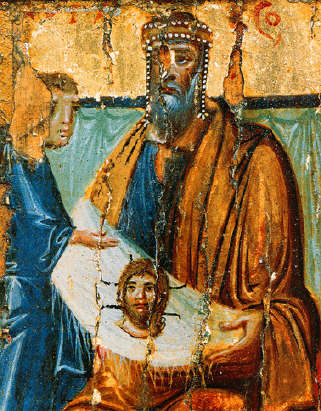
King Abgar opened the handkerchief and saw the face of Jesus in the fabric. He was instantly cured of his leprosy. He threw the handkerchief in a well, so that more people would be healed. The well as located close to a synagogue, that later became the ‘red’ Saint Stephanus church in AD 435 and subsequently the Ulu mosque in 1170. This is the Jesus Well and after 2000 years it is still having healing power.
Here starts the story of the Mandylion, the handkerchief with the imprint of the face of Jesus, the Eastern Christian version of Turin shroud.
King Abgar converted to Christianity. With this Edessa became – so it is said – the first Christian city in the world, centuries ahead of the conversion of Rome for instance. From here Edessa/Urfa became the gateway from where Assyrian/Syriac Christianity developed and spread, the authentic eastern version of Christianity, preserving Aramaic as its language, the language in which Jesus spoke his words.
Note: This is one in a series of blog articles on biblical events and their links to land, soil and water management in Turkey. You can access the other blogs of this series via the below links:

